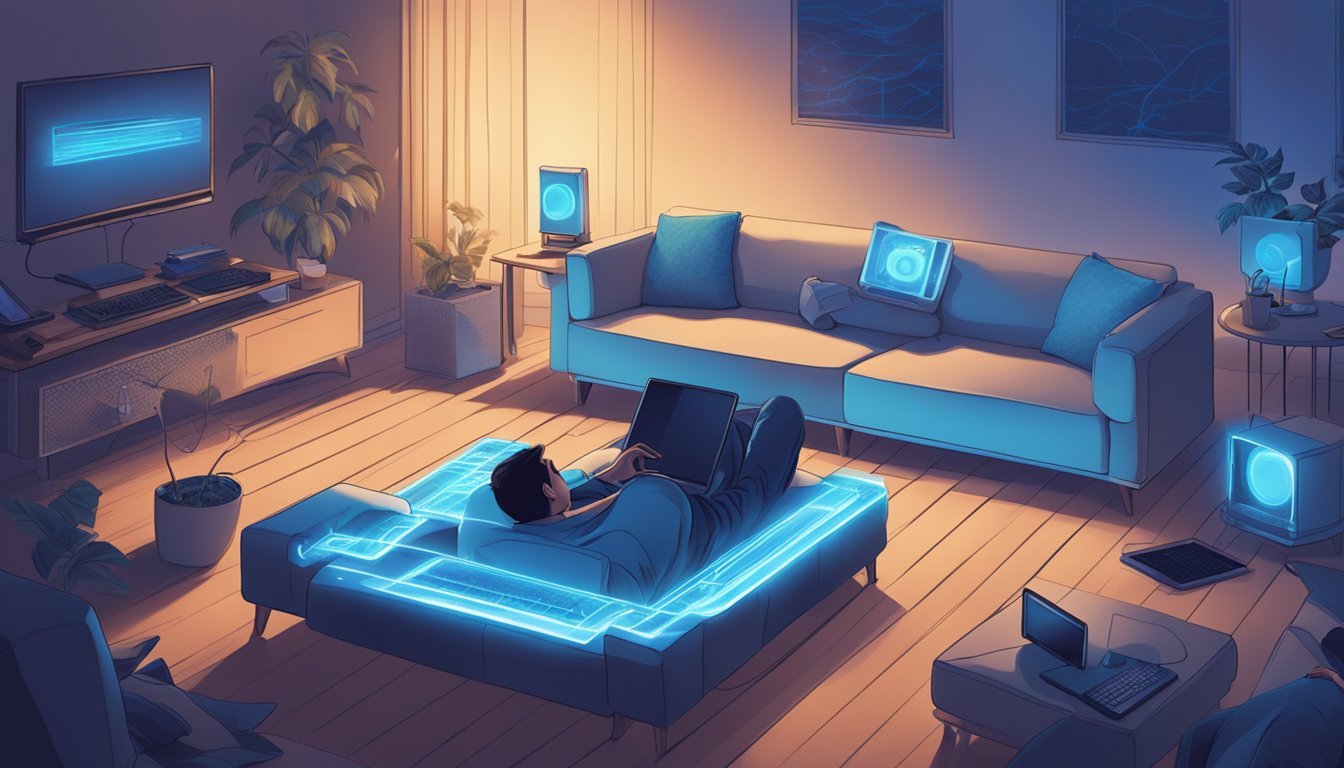Mindless Screen Time: Understanding Its Impact on Mental Health

Mindless screen time has become a common issue in today’s digital age. By recognizing the signs of mindless scrolling or binge-watching, individuals can take steps to reduce its impact on their lives. Many people find themselves spending hours in front of screens without realizing how this can affect their mental health, relationships, and productivity.
The challenge lies in managing screen time effectively. With technology integrated into daily routines, it’s essential to strike a balance between useful engagement and mindless consumption. Strategies to regain control over screen time can lead to improved focus and better well-being.
Key Takeaways
- Mindless screen time often leads to decreased productivity.
- Recognizing habits can help individuals manage their usage effectively.
- Simple strategies can promote healthier screen time practices.
Understanding Mindless Screen Time
Mindless screen time involves scrolling through digital content without focusing on its value or meaning. This behavior can lead to negative consequences for individuals, especially regarding their mental health.
The Psychology Behind Mindless Scrolling
Mindless scrolling often stems from the brain’s reward system. Engaging with social media releases dopamine, a neurotransmitter linked to pleasure. This can create a cycle where individuals feel compelled to scroll for quick bursts of joy.
When a person scrolls through feeds without thought, it can lead to reduced awareness and self-control. Many seek out distractions due to boredom or stress, causing them to engage in excessive screen time. The ease of access to captivating content fosters this behavior, making it hard to stop.
Impact on Mental Health
Excessive screen time can have serious effects on mental health. Studies show a link between prolonged mindless scrolling and issues like anxiety and depression. Engaging with social media often leads to comparisons, low self-esteem, and feelings of inadequacy.
The Dangers of Mindless Screen Time can include disrupted sleep patterns. The blue light from screens interferes with sleep quality, which can worsen mental health conditions. Individuals may also find it harder to focus or engage in real-life activities as they become more absorbed with their devices.
Awareness and moderation are important. Recognizing mindless scrolling’s impact enables healthier habits and more meaningful online interactions.
Strategies for Managing Mindless Screen Time
Managing screen time effectively involves setting limits, engaging thoughtfully, and finding enjoyable alternatives. These strategies help in reducing excessive screen time while promoting better mental health and well-being.
Setting Realistic Limits
Establishing clear and achievable limits is essential for managing screen time. Parents or individuals should create a daily or weekly plan that outlines specific timeframes for device usage. For younger children, the AAP recommends no more than one hour of screen time per day. For older children, setting boundaries around meal times and before bed can be beneficial.
It’s also helpful to use built-in device settings or apps to track screen time. Setting reminders helps users take breaks regularly. The 20-20-20 rule suggests looking at something 20 feet away for 20 seconds every 20 minutes to reduce eye strain.
Engaging in Mindful Interactions
Mindful interactions can transform screen time into a meaningful experience. Focusing on quality rather than quantity is crucial. When using screens, individuals should engage in content that promotes learning or connects with others, such as video calls with family or educational programs.
Taking time to discuss what they watch or play encourages critical thinking. This practice fosters conversation about the impact of media on mental health. Parents can model mindfulness by sharing their thoughts on content and asking children about their experiences, leading to richer discussions.
Alternatives to Digital Consumption
Exploring alternatives to screen time can be refreshing. Engaging in physical activities, such as sports or hiking, offers not only a break from screens but also promotes fitness and mental health.
Reading books, playing board games, or doing puzzles are excellent indoor options. Creative activities like drawing, crafting, or cooking can also provide a fulfilling way to spend time while avoiding screens.
Having a list of screen-free activities readily available can encourage everyone to choose options that enhance their quality of life. This approach helps reduce reliance on devices and cultivates healthier habits.






